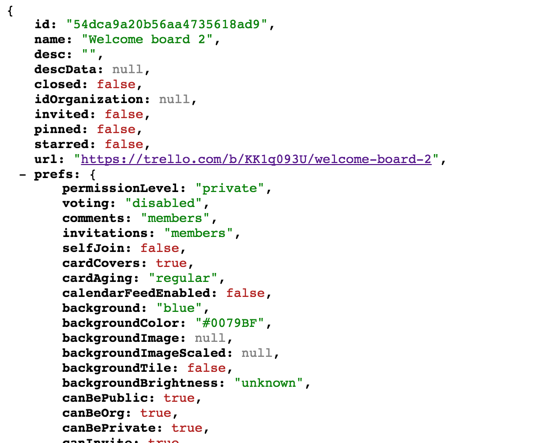Unlocking Cloud Computing: The Vital Role of JSON Explained
Written on
Chapter 1: Understanding JSON in Cloud Computing
As you embark on your journey into the dynamic realm of cloud computing and Infrastructure as Code (IaC), one crucial element you cannot afford to ignore is JSON, or JavaScript Object Notation. While it’s not a programming language per se, it serves as a lightweight format for data interchange. Compared to other coding languages, JSON is more user-friendly, making it easy for humans to read and write, while also being the native language for machines.
To effectively navigate the world of cloud services and IaC, establishing a strong understanding of JSON is essential.
Section 1.1: What is JSON?
JSON is a method for encoding data structures that is both independent of programming languages and specific in its formatting. You can think of it as a reliable intermediary that facilitates the seamless transfer of data between servers and web applications.
Section 1.2: The Importance of JSON
The significance of JSON lies in its role in data communication. Cloud services depend on efficient data transfer, and IaC necessitates a standardized language for infrastructure definition and provisioning. JSON fulfills this need perfectly.
Section 1.3: How JSON Works
The text-only format of JSON simplifies the process of sending data across servers, and it can be effortlessly translated into JavaScript, which is crucial for many applications.
Chapter 2: JSON's Role in Cloud Services
In the cloud services landscape, nearly all providers, including AWS, Google Cloud, and Azure, extensively utilize JSON for service configuration. When deploying a new instance or launching a serverless function, you will work with JSON files.
For example, AWS's CloudFormation allows you to create your entire cloud architecture, from EC2 instances to RDS databases, using JSON-formatted template files. This capability ensures that environments remain consistent and predictable, thanks to JSON's clear and universally recognized structure.

Chapter 3: JSON in Infrastructure as Code (IaC)
When we incorporate IaC, JSON's relevance escalates significantly. Tools such as Terraform, Ansible, and Pulumi utilize JSON to define and manage infrastructure, covering everything from networking setups to Kubernetes clusters.
Here’s a simple illustration of JSON in a Terraform configuration:
{
"variable": {
"image_id": {
"description": "The id of the machine image (AMI) to use for the server.",
"type": "string"
},
"availability_zone_names": {
"description": "Names of the availability zones to use.",
"type": "list",
"default": ["us-west-1a"]
}
}
}
This example shows how to define variables for image_id and availability_zone_names to set up a cloud instance. JSON's user-friendly syntax makes it easy to grasp the meaning of each variable.
Chapter 4: Expanding Your Knowledge of JSON
If you're eager to delve deeper into JSON and its applications in cloud computing and IaC, here are some excellent resources to explore:
- Mozilla’s JSON Guide — A thorough resource for understanding JSON.
- FreeCodeCamp’s JSON APIs and Ajax — Ideal for those intending to implement JSON in web applications.
- Terraform JSON Configuration Syntax — A perfect starting point for learning how JSON is used in Terraform configurations.
- AWS’s Introduction to JSON — A foundational guide on JSON in the AWS context.
Remember, JSON is not merely a complex arrangement of curly brackets; it’s an invaluable ally in your cloud and IaC endeavors. Dive into it today and watch your productivity soar in cloud computing and IaC!
Explore the essential aspects of JSON in this informative video, "Learn JSON: A Must-Know Data Format."
Gain comprehensive knowledge about cloud computing in just one week with the video "Learn Cloud Computing from A to Z in 7 Days."
If you found this information valuable and wish to learn more, consider subscribing to my Medium account via the link below. Your support helps me understand what topics you find most beneficial, enabling me to create more content that resonates with you.
For updates, sign up for my newsletter and follow me on social media platforms like Twitter, LinkedIn, YouTube, and Discord.